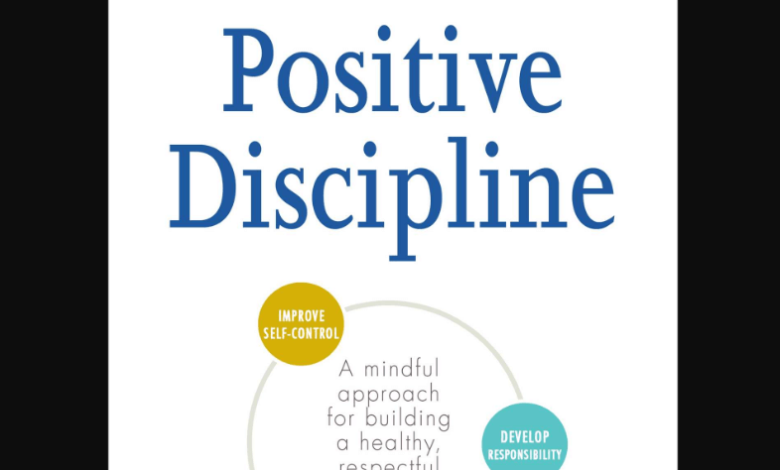Positive Discipline Techniques: A Step-by-Step Guide for Parents

Positive Discipline Techniques: A Step-by-Step Guide for Parents, the implementation of positive discipline techniques can significantly influence a child’s emotional and behavioral development. These strategies focus on fostering a nurturing environment that balances structure with empathy, encouraging children to thrive within clear boundaries. By exploring key techniques such as effective communication and positive reinforcement, parents can cultivate a sense of security and resilience in their children. However, the journey to mastering these techniques involves understanding their underlying principles and practical applications, prompting a closer examination of how these methods can transform family dynamics and promote lasting growth.
Understanding Positive Discipline
Positive discipline is an approach that fosters a child’s development through guidance and support, rather than through punishment or fear.
It emphasizes the importance of teaching valuable life skills and nurturing a strong parent-child relationship.
This method employs positive reinforcement to encourage desirable behaviours while implementing effective behavior management strategies.
As a result, it creates an environment where children feel secure, understood, and empowered to learn from their actions.

Key Techniques for Parents
Implementing effective techniques in positive discipline can significantly enhance a child’s emotional and social development while strengthening the parent-child bond.
Key strategies include fostering effective communication, ensuring children feel heard and understood, and setting boundaries that provide a sense of security.
Read more: Wallpaper:37vjlx6z7jk= Pam Grier
Implementing Strategies at Home
Creating a nurturing home environment where positive discipline strategies can flourish requires intentional planning and consistent application by parents.
The consistency importance cannot be overstated; it establishes trust and security for children.
By setting clear expectations and maintaining routines, parents empower their children to thrive.
This thoughtful approach fosters a sense of freedom while ensuring a harmonious and supportive home environment conducive to growth and learning.
Encouraging Emotional Growth
Emotional growth in children is essential for their overall development, as it equips them with the skills needed to navigate relationships and manage their feelings effectively.
By fostering emotional intelligence and engaging in resilience building, parents can create a nurturing environment.
Encourage open communication, validate emotions, and model healthy coping strategies, allowing children the freedom to express themselves and learn through experiences.
Read more: Wallpaper:8o9g6nrwy-G= Usa Flag
Conclusion
In summary, Positive Discipline Techniques: A Step-by-Step Guide for Parents foster a nurturing environment, encourage effective communication, and promote emotional growth.
By validating feelings while establishing boundaries, parents cultivate security in their children.
By employing positive reinforcement and consistent routines, families build trust and resilience.
Through open dialogue and modeling healthy coping strategies, caregivers empower children to navigate their emotions effectively.
Ultimately, the implementation of these techniques not only enhances individual development but also strengthens familial bonds, creating a harmonious home environment.

